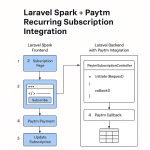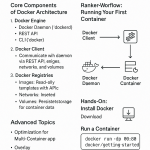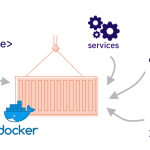Limited Time Offer!
For Less Than the Cost of a Starbucks Coffee, Access All DevOpsSchool Videos on YouTube Unlimitedly.
Master DevOps, SRE, DevSecOps Skills!
What is Docker?
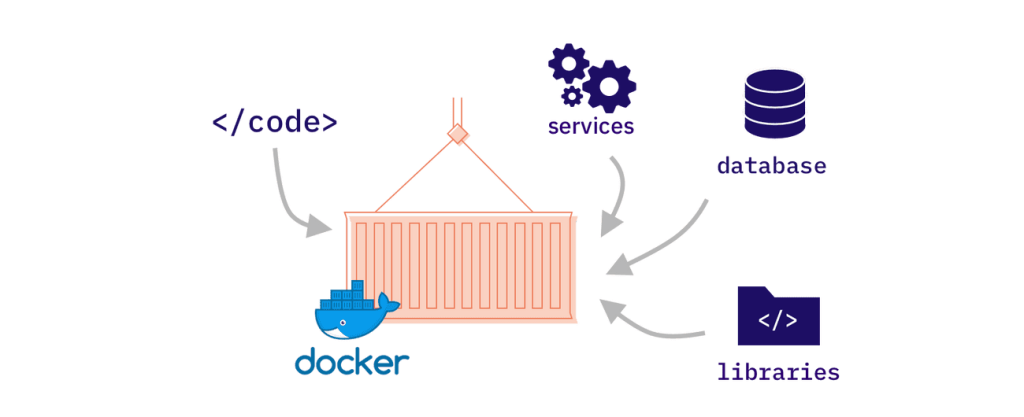
Docker is a platform for developing, shipping, and running applications in lightweight, isolated environments called containers. It streamlines software delivery by packaging applications with dependencies, ensuring consistent behavior across environments. Below is a detailed breakdown of Docker, its advantages over traditional methods, and related concepts.
Why Docker?
- Isolation: Containers bundle applications with libraries/configurations, eliminating “works on my machine” issues.
- Portability: Containers run uniformly on laptops, cloud platforms, or hybrid environments.
- Efficiency: Containers share the host OS kernel, reducing resource overhead compared to virtual machines (VMs).
Docker vs. Virtual Machines
| Feature | Docker Containers | Virtual Machines (VMs) |
|---|---|---|
| Resource Usage | Lightweight (MBs) | Heavy (GBs for OS + apps) |
| Boot Time | Milliseconds to seconds | Couple of Minutes |
| Isolation | Process-level | Hardware-level (hypervisor) |
| Scalability | Rapid scaling | Slower due to OS overhead |
| Use Case | Microservices, CI/CD | Legacy apps, full OS isolation28 |
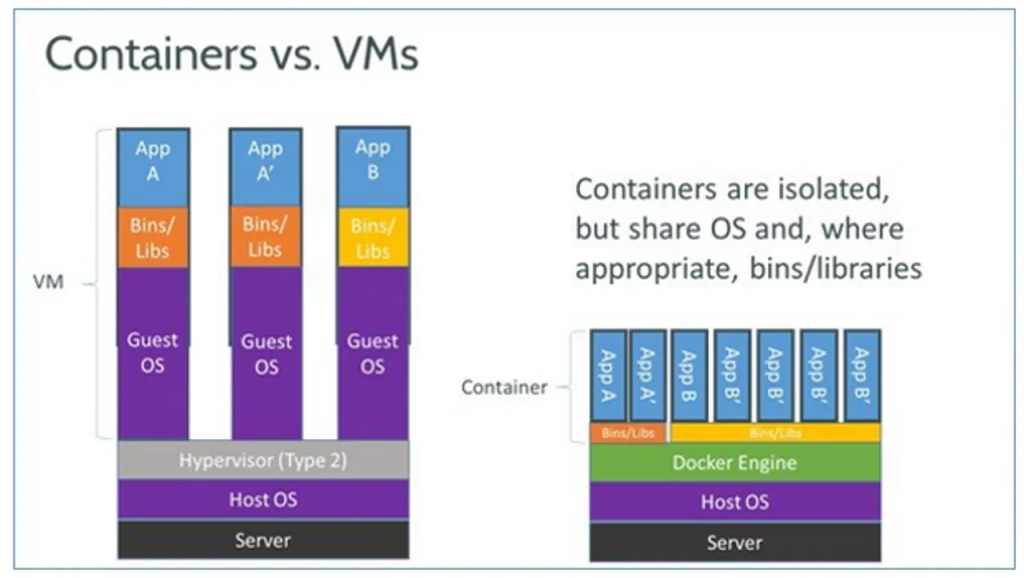
Key Components
- Docker Daemon (
dockerd): Manages containers, images, and networks. - Docker Client: CLI tool to interact with the daemon (
docker run,docker build). - Docker Desktop: GUI for managing containers on macOS/Windows.
Process ID (PID)

A Process ID (PID) is a unique numerical identifier assigned by the operating system to each running process. It enables the OS to manage resources, schedule tasks, and terminate processes3.
How PIDs Work
- Assignment: The kernel assigns a PID when a process starts (e.g., via
fork()in Linux). - Management: Tools like
psorkilluse PIDs to monitor/control processes. - Recycling: After a process terminates, its PID becomes available for reuse.
Example
- In Linux, the
initprocess (PID 1) is the ancestor of all other processes.
Kernel Explained

The kernel is the core component of an operating system, responsible for:
- Process Management: Scheduling tasks and assigning PIDs.
- Memory Management: Allocating RAM to processes.
- Hardware Interaction: Communicating with devices via drivers.
Kernel Types
- Monolithic: All OS services run in kernel space (e.g., Linux).
- Microkernel: Only essential services run in kernel space (e.g., MINIX).
Why Docker Replaced Traditional Methods

- Speed: Containers start in seconds vs. VM boot times.
- Density: Run more apps per server due to shared OS resources.
- Consistency: Eliminate environment-specific bugs.
By leveraging containers, Docker addresses the inefficiencies of VMs and manual deployment, making it a cornerstone of modern DevOps and cloud-native development.

